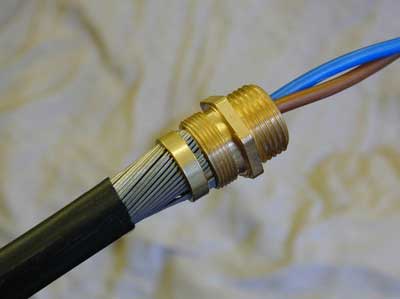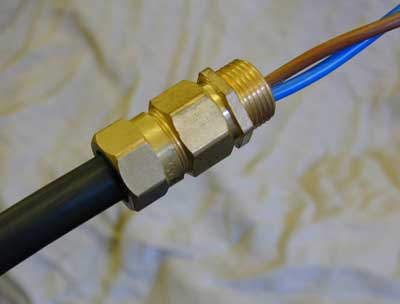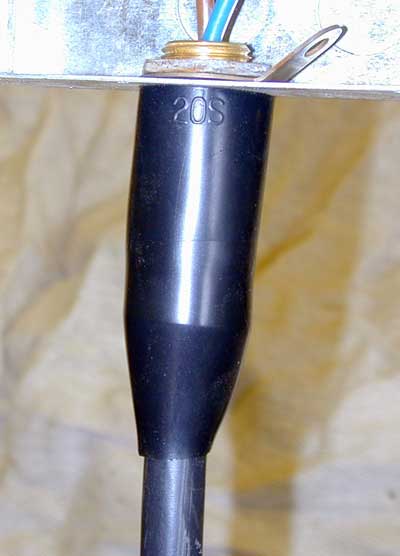Hoping there are some qualified electricians or others who have been through this process who would be kind enough to guide me through it.
I am looking to get an Andersen A2 charger installed for when my M3P finally arrives in May (allegedly!). I have ordered the charger direct from Andersen and opted for their installation service.
As per the process, I completed their remote pre-installation survey, providing two installation ‘options’ that I would be comfortable with.
As an alternative, Andersen have said that if the garage supply is found to be insufficient, they will either fit a mini-consumer unit or run cable/trunking from the primary consumer unit in our utility room through to the outside. They won’t commit to any option however without first seeing it all in person on Installation day.
I’m uncomfortable waiting until installation day to know exactly what will be done, so I decided to rule out the preferred garage option as it seems the least likely to be feasible. I opted instead to try and find a local electrician to do the pre-work in the Meter Box (install mini consumer unit) so I could avoid having cable and trunking running through our utility room.
I had understood that teeing off at the meter box was a common approach for EV Charger installs. My next door neighbour had this for his Pod Point installation. I was therefore surprised to get the following reply from a local electrician who I asked to quote for the work:
Another electrician replied with a slightly more positive message:
I’ve uploaded photos of my meter box and my neighbours to illustrate:


I’d be very grateful is someone is able to clarify the situation regarding meter box ‘ownership’ as I had understood that the DNO was only responsible for everything up to and including the meter and that everything beyond that was my (/electricians) responsibility.
If there are others reading this who have been in a similar situation it would be great if you could share how you approached / resolved it.
For anyone that bothered reading through to this point, thank you! Just hope you now have enough time left in your day to offer some guidance!
I am looking to get an Andersen A2 charger installed for when my M3P finally arrives in May (allegedly!). I have ordered the charger direct from Andersen and opted for their installation service.
As per the process, I completed their remote pre-installation survey, providing two installation ‘options’ that I would be comfortable with.
- – Install on external garage using the garage supply
- This is the preferred option as the charger supply cable can be fed neatly in behind the charger through the wall
- – Install on the side of the house (by driveway) taking the supply direct from the meter box.
- Less preferred as it would involve an SWA cable run along the wall to the install point.
As an alternative, Andersen have said that if the garage supply is found to be insufficient, they will either fit a mini-consumer unit or run cable/trunking from the primary consumer unit in our utility room through to the outside. They won’t commit to any option however without first seeing it all in person on Installation day.
I’m uncomfortable waiting until installation day to know exactly what will be done, so I decided to rule out the preferred garage option as it seems the least likely to be feasible. I opted instead to try and find a local electrician to do the pre-work in the Meter Box (install mini consumer unit) so I could avoid having cable and trunking running through our utility room.
I had understood that teeing off at the meter box was a common approach for EV Charger installs. My next door neighbour had this for his Pod Point installation. I was therefore surprised to get the following reply from a local electrician who I asked to quote for the work:
‘Due to the meter cupboard and meter fixing board within being designed for Supply Company’s equipment only, I am unable to assist you in this matter’
Another electrician replied with a slightly more positive message:
‘It really looks very tight in that meter box, also you would need to get permission from the DNO supplier to use their box as we are not allowed to install anything in it as its their property, happy to come and have a look’
I’ve uploaded photos of my meter box and my neighbours to illustrate:


I’d be very grateful is someone is able to clarify the situation regarding meter box ‘ownership’ as I had understood that the DNO was only responsible for everything up to and including the meter and that everything beyond that was my (/electricians) responsibility.
If there are others reading this who have been in a similar situation it would be great if you could share how you approached / resolved it.
For anyone that bothered reading through to this point, thank you! Just hope you now have enough time left in your day to offer some guidance!





